

If Koolhaas' biennale was the capstone of architecture of the last century, and Aravena's version is (theoretically) questioning the direction our profession might go next, it is fitting to question the education of architects as well.
What we are up to at Keio is definitely a work in process, but its going in an interesting direction. All of our students on campus work on real projects, whether they are studying architecture or computer science, so that is not such a new thing. But we have never properly built for ourselves, until now. Its about time, now that I think on it. Architects should do that at least once in their career, just as all doctors should get the chance to be patients.
Hiroto Kobayashi came up with the idea. When rising construction costs in Japan (Olympic fever) made it apparent that our campus wouldn't be able to carry out the immediate construction of a group of new dormitories and research buildings he thought it was a good opportunity for the students to build the dormitories themselves instead. Each year for the next five years the plan is that students will design and build a 450m2 addition to the campus.
As a first step the group (led by prof and architect Shohei Matsukawa) designed and built a simple one room work space, 100m2 with an extended deck, placed in the middle of the existing campus. The building is used to gather and discuss the larger projects that will be going on over the next few years at the main site, which is located on the edge of the campus. Its a simple timber frame structure with glass infill between the columns. Inexpensive, easy to build, it is open to all passers by so that students and teachers can see what is going on and hopefully will entice a few people to join in the discussion.
From the beginning Hiroto asked students and teachers to join in the design process regardless of their background in design. The result is that students are from every discipline, not just architecture, and they are all working towards the creation of a culture as much as a building. In my imagination it's a bit like the bauhaus under Gropius might have been, but without any of the grand intentions. Like the bauhaus the integration of disciplines and opinions is a big goal, but its not willful, and there is no intention at all that everybody should learn to do the tasks of everyone else. If the bauhaus was about becoming a master of construction then the point of collaboration here is that you don't need to learn it all to be a leader. That is a pretty big update on the Bauhaus method and an interesting path to follow when the project is literally called the Self Build Campus. No masters of construction or design will necessarily come out of the process, but the group will learn to work and to value the point of view of a lot of different disciplines. As a believer in the power of mashups I think this is a brilliant step, and am hoping it will shake loose a few creative souls who will thrive in this environment, and from there we will start to build a truly innovative school culture, with graduates ready to deal with all the complicated stuff going on in the world.
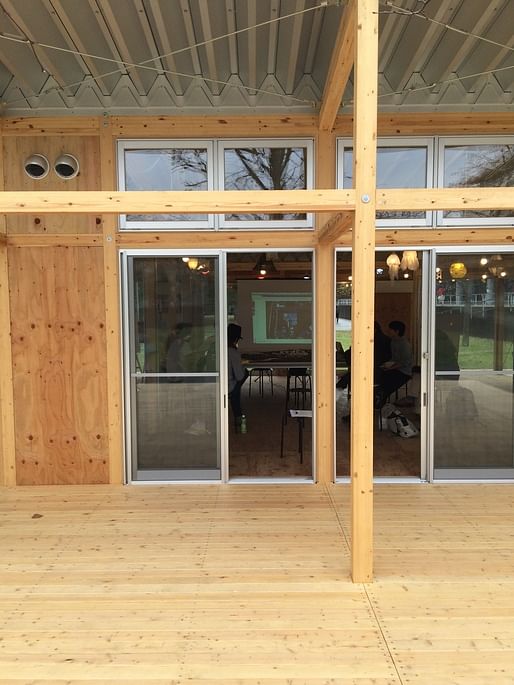
So far the challenge has been to convince the administration that students can build safely. In practice the school has asked that builders do a good part of the actual construction work, especially if the students are required to climb scaffolding or do anything that might be physically risky. This is a liability issue that I really wonder about. How do campuses around the world manage the problem? It seems like every school is building lately so it can't be that hard. In our case it was not such a large thing for this first meeting space, but for the large dormitory it was more challenging to find opportunities for the students to join in the construction process. Scale makes self building more difficult, maybe?
After talking to the crew from ASSEMBLE on our campus last year - they hired heavy machinery to build a 2 story studio space themselves - it feels a bit of a let down. Still, I understand this will be a long term process and expect students will do more and more work themselves. In the meantime they are heavily involved in the design, the planning, and now the actual running of the built spaces, which is something.

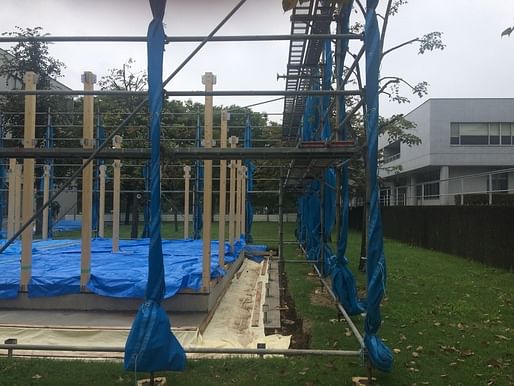
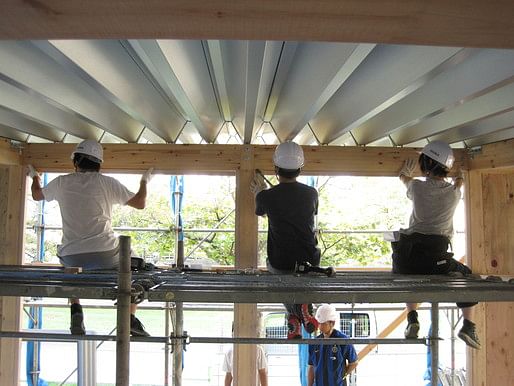
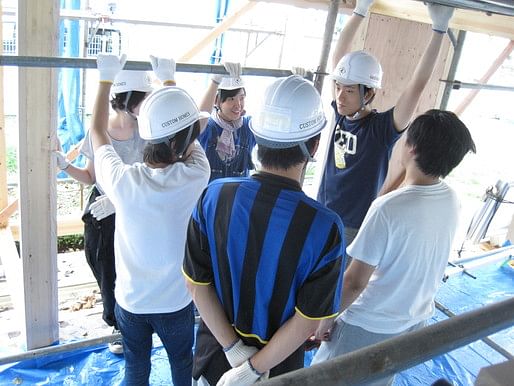

the finished building
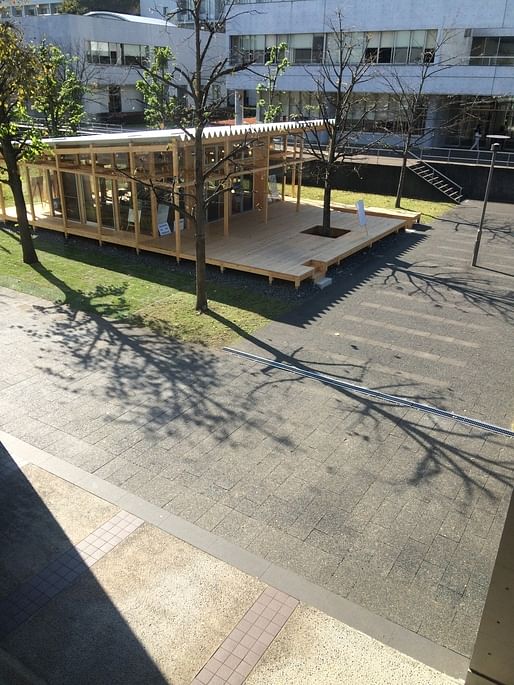

It's a rough building but works very well, and acts as the site for guest lecturers and for planning meetings as intended. Most recently we had Ed Schlossberg in to show us his work and to run a workshop for the next dormitory project. I did not know about his office before he came in, but really love that a PhD in physics became a pioneer in experience design. Its even better that our architecture students are learning from him alongside students in sociology, product design, and engineering.
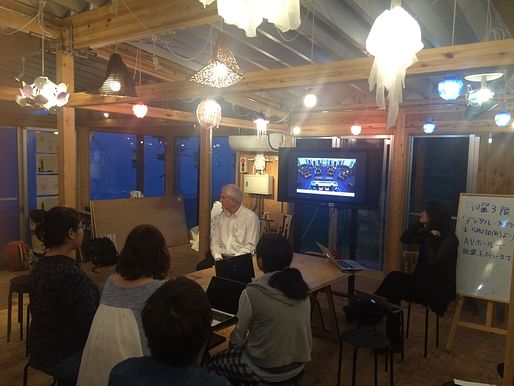
keio university's architecture program is probably the best kept secret in the country. Hidden away on a campus an hour from tokyo the curriculum is wide open and connected to a campus-wide project aimed at community-driven innovation. students of economics can take courses in architecture and vice versa but we all are expected to take part in real projects somewhere in the world. there are a few starchitects on the faculty but mostly we are hoping to make a difference.
No Comments
Block this user
Are you sure you want to block this user and hide all related comments throughout the site?
Archinect
This is your first comment on Archinect. Your comment will be visible once approved.